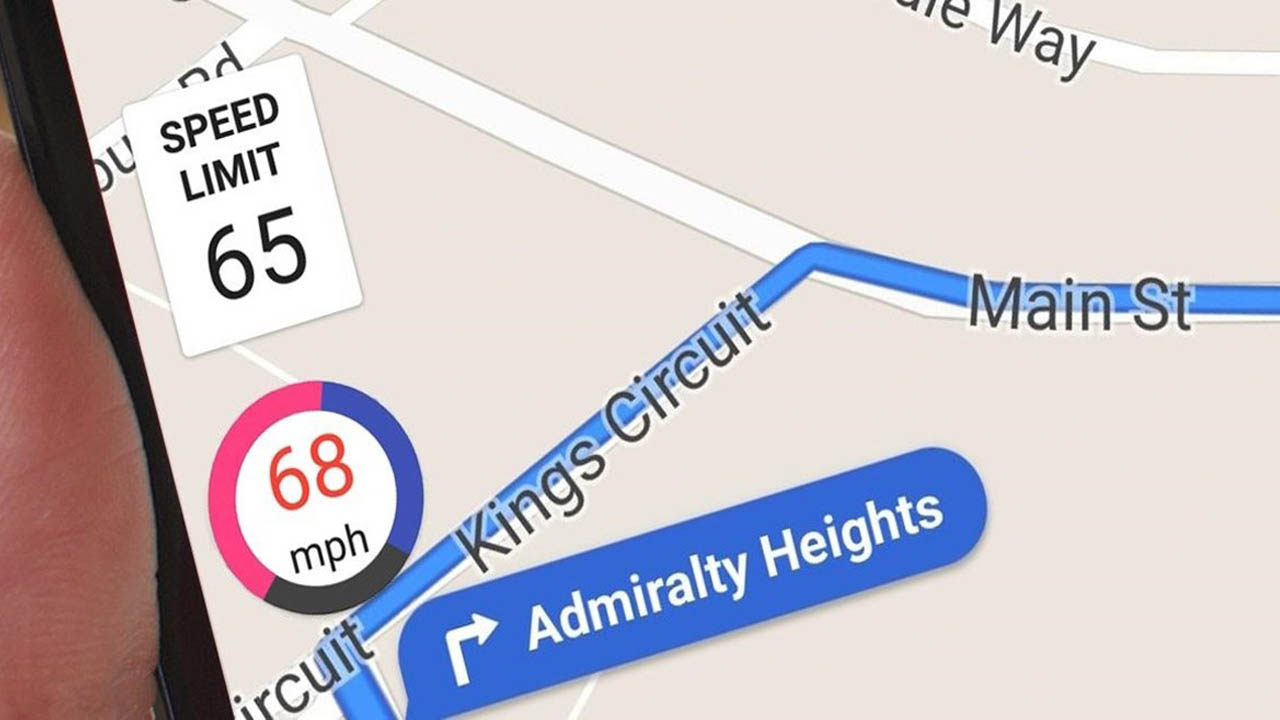The development of Ethereum (ETH) and Ethereum 2.0 (ETH2) has been one of the most exciting stories in the blockchain space in recent years. As the world’s second-largest cryptocurrency by market capitalization, Ethereum has been the go-to platform for developers and businesses alike who are looking to build decentralized applications (dApps) and smart contracts. With the launch of Ethereum 2.0, the network is set to undergo a major upgrade that will bring new features and capabilities to the platform.
In this article, we will explore the differences between Ethereum (ETH) and Ethereum 2.0 (ETH2) and what the upgrade means for the future of the blockchain.
First, let’s take a look at the major differences between the two versions of Ethereum. Ethereum (ETH) is a proof-of-work (PoW) blockchain, meaning that miners compete to solve complex mathematical problems in order to add new blocks to the chain. On the other hand, Ethereum 2.0 (ETH2) is a proof-of-stake (PoS) blockchain, meaning that users stake their ETH tokens to earn rewards for validating transactions on the network.
The major advantage of the PoS consensus mechanism is that it is much more energy efficient than PoW, which requires a large amount of electricity to power the miners. This means that Ethereum 2.0 will be able to handle much more transactions per second (TPS) than its predecessor. In addition, the PoS consensus mechanism also allows for more scalability, meaning that the network can handle more users and transactions simultaneously.
Another major difference between Ethereum (ETH) and Ethereum 2.0 (ETH2) is the introduction of sharding. Sharding is a process that allows the blockchain to be split into multiple parts, which can be processed in parallel. This allows the network to process more transactions at the same time, making it much more efficient and scalable.
Finally, Ethereum 2.0 will also introduce a new programming language called eWASM. This language is designed to make it easier for developers to create dApps and smart contracts on the network.
Overall, the launch of Ethereum 2.0 is a major milestone for the blockchain space. The upgrade will bring new features, improved scalability, and increased efficiency to the platform. As the world’s second-largest cryptocurrency, Ethereum is well-positioned to become the go-to platform for developers and businesses looking to build decentralized applications and smart contracts.





















